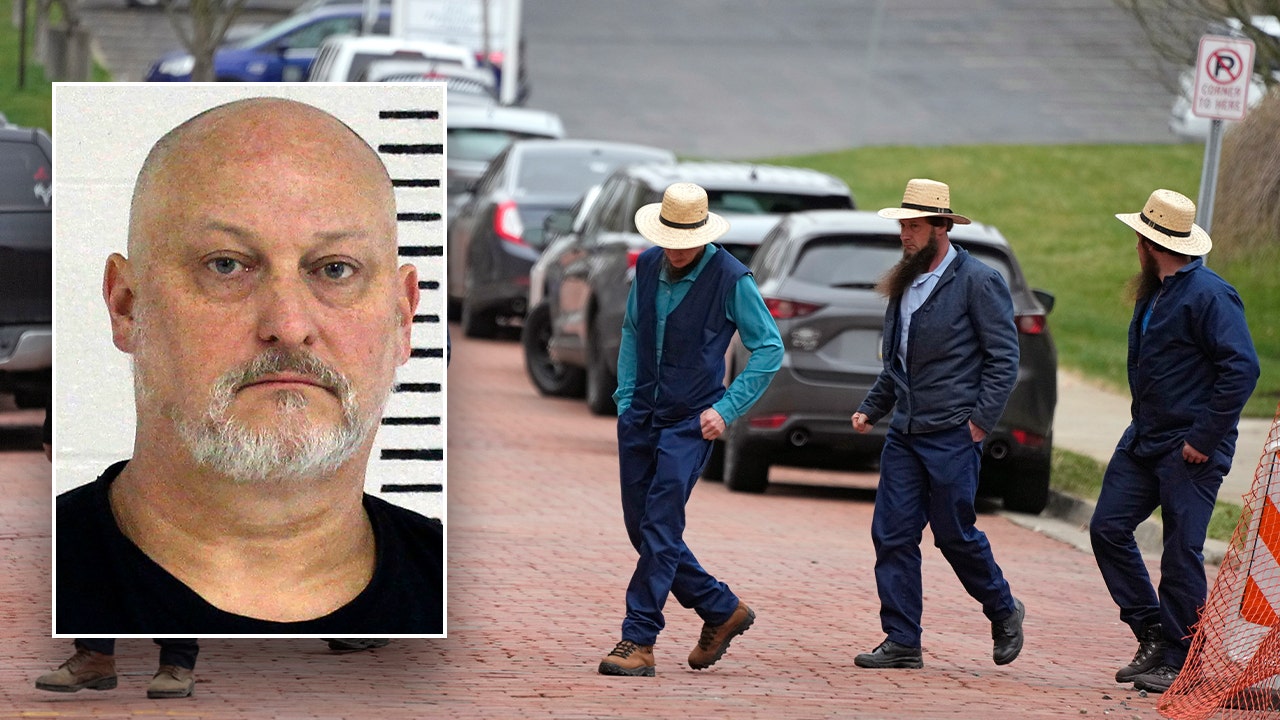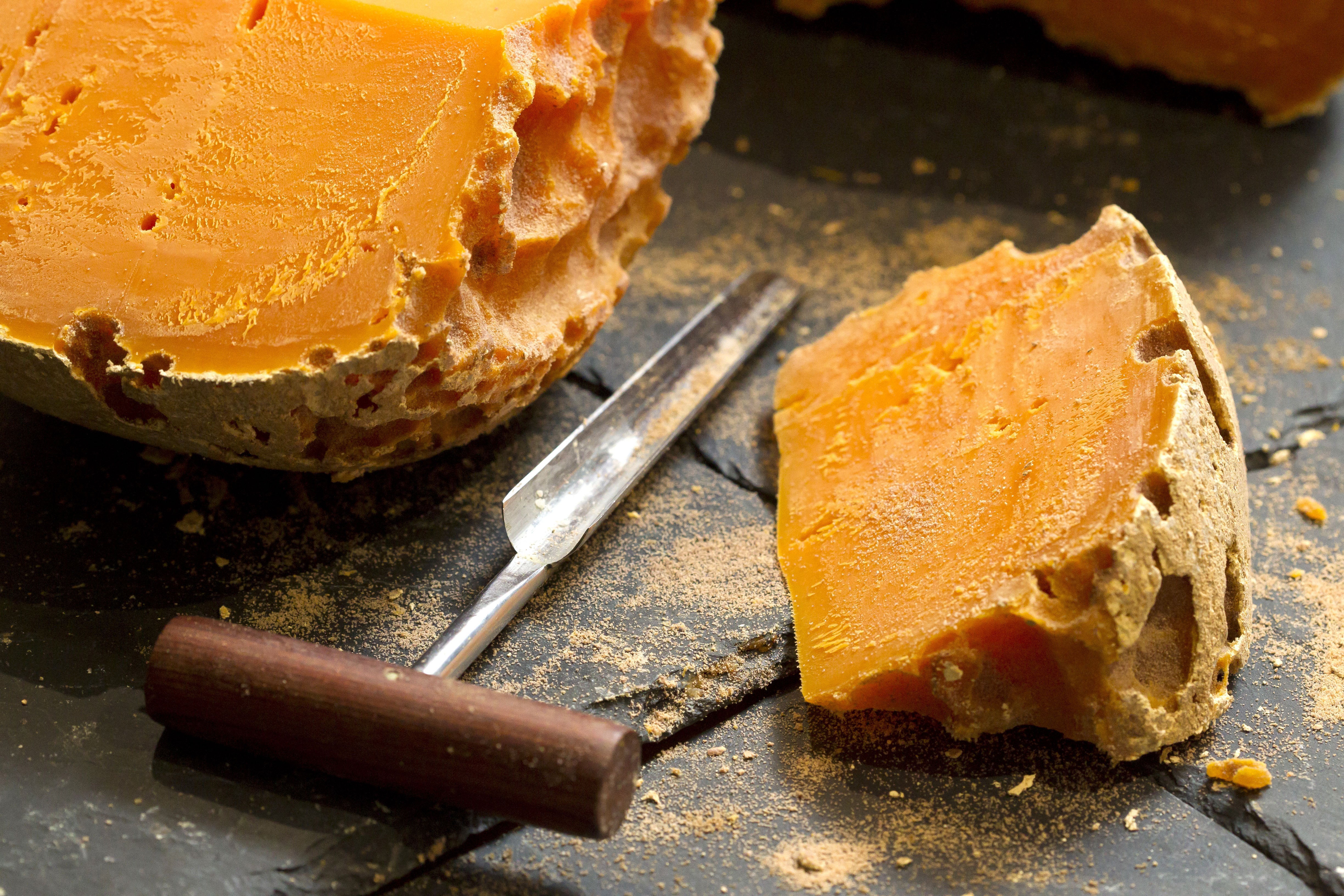Robert F. Kennedy Jr. was getting annoyed, fingers tapping on his lawn chair. As a reporter and a photographer crouched expectantly in the bushes behind his Los Angeles home, his two wild ravens were refusing to cooperate with a photo shoot.
“I’m not going to reward their bad behavior,” he said at last, closing the greasy bag of meat scraps he had brought out for the birds. He strode into the house, trailed by a dog.
As an independent presidential candidate, Mr. Kennedy, 70, has leaned into his storied political lineage, his career in environmental law and his caustic anti-establishment beliefs that at times veer into conspiracy theory. But an often overlooked part of his pitch to voters is his image, long cultivated and not very lightly worn, as a rugged outdoorsman with a quirky enthusiasm for wildlife and nature.
And yet I was surprised recently when a routine phone call to ask Mr. Kennedy for comment about another article was interrupted by a loud “caw” at the other end of the line.
Asked what the sound was, Mr. Kennedy paused, then said, “I have a couple of pet ravens.”
I had many questions, the most pressing of which was: “Can I meet the ravens?” (Another, left unspoken, was: Are they after the brain worm?) I was going to be out in Los Angeles the next weekend anyway.
“Sure,” he said.
Birds have long been a particular fascination of Mr. Kennedy’s. Since his youth, he says, he has kept ravens, peacocks, crows, owls, homing pigeons and guinea fowl as pets. He trains hawks and hunts with them; in New York, he says he used to be a licensed rehabilitator of birds, caring for injured or orphaned ones. In 2005, he published a children’s book about St. Francis of Assisi, the patron saint of animals, birds and the environment. Donors to his campaign have been invited to go falconing with him.
Ravens are beautiful, clever, cooperative and adaptive, fiercely protective and ubiquitous. But they are not the stuff of polite society. Their black plumage, beady eyes, haunting cry and eager scavenging have earned them a prominent and creepy place in myth and folklore. They are opportunistic eaters of just about anything, but their consumption of carrion — their comfort with the dead — made them a bad omen long before Edgar Allan Poe turned them into a cliché.
Their collective noun is an “unkindness” or — wait for it — a “conspiracy” of ravens.
Mr. Kennedy, and the personal and political curiosities surrounding him, has emerged as an unpredictable element in this presidential election, with some polls showing him in the double digits, drawing votes from both President Biden and former President Donald J. Trump. Even if he is unable to get on the ballot in enough states to win, he could still tip the election: He is already on the ballot in the battleground state of Michigan, along with five other states.
His campaign has submitted ballot applications in more than a dozen other states, but he is unlikely to be officially approved for those ballots in time to qualify for CNN’s presidential debate next week.
Still, he had time to introduce the ravens last week, so I drove out to the hilly reaches of northwest Los Angeles to meet them, joined by Ruth Fremson, a veteran New York Times photographer.
On a hike with his three dogs, Mr. Kennedy told us about his “first crow,” which came into his life when he was about 10 years old. Ravens are larger and smarter, and they are “sociable,” he said.
When he and his wife, the actress Cheryl Hines, moved into their current home about four years ago, he noticed a pair of ravens nesting in a large palm tree. A few months ago, he said, he decided to try to tame them. The main strategy is food.
“They come closer and closer,” he said. “By the end of the summer, they’ll be eating from my hands.”
I asked him how Ms. Hines felt about this. “She’s good with the ravens,” he said. But, he added, “She had a big fight with my emu.”
Back at the house, Ms. Hines confirmed: “This emu was so aggressive.”
The emu, Toby, had moved out to Malibu with Mr. Kennedy in 2014 and took up residence in the backyard. But Toby was jealous of Ms. Hines, and took to charging at her violently. She started carrying a shovel in self-defense whenever she stepped outside. Every morning, she wondered: “Is today going to be the day that I wake up and kill an emu in my backyard?”
One day, alone at home, she took a call from a producer and stepped outside for better reception. “I start telling him about this script, and the emu starts chasing me as fast as he could,” she recalled.
Here, Ms. Hines — dressed for a pickleball match — did an impression of pitching a producer while batting away a large, flightless bird.
Years later, Toby was killed by a mountain lion.
The ravens are comparatively unobjectionable, Ms. Hines said, even “cute.” But when Mr. Kennedy is away on the campaign trail, they can be a little needy. Recently, Ms. Hines will look up to see them looking down at her, impatiently, from the skylight in their bathroom. “Like: ‘When is he coming back?’”
Even with ravens gently rapping at her chamber door, Ms. Hines said, she did not respond “Nevermore.”
Instead she told them, “Guys, I’m not interested.”
As she recounted this, Mr. Kennedy grabbed the bag of meat scraps — “cheap steak,” he said — from the refrigerator and stepped into the backyard. Raising his head, he shouted: “Caw! Caw!”
A few moments later, two black arrows emerged against the sky, circling and drifting, their spade-like tails and feathers gleaming as they drew closer. They called back.
Mr. Kennedy tossed some meat onto the deck, then sat in a lawn chair, while Ruth, about 20 feet away, trained her large lens on the scene.
The ravens made several close sweeps, one at a time. Finally, one perched on a nearby tree while the other alighted on the deck. It grabbed the meat, and the pair flew off.
“This is unusual,” Mr. Kennedy said. The birds were being particularly cautious, with one acting as a lookout while the other grabbed the food. “Normally, they would both land at the same time and come toward me.”
This went on for more than an hour, and they seemed increasingly wary.
“I think they don’t like the camera,” Mr. Kennedy said.
We agreed to reconvene in the late afternoon, when the ravens might be less skittish. In the meantime, we took a tour of his office, where we saw a large stuffed turtle — his erstwhile pet, Carruthers — and a taxidermied Sumatran tiger, a gift from President Sukarno of Indonesia to Mr. Kennedy’s father, Robert F. Kennedy.
When we returned, hours later, the ravens still seemed deeply suspicious. Ruth and I moved on and off the deck, hoping that playing it cool might draw them in. I learned that one of Mr. Kennedy’s dogs, Ronan, who is now 13 and deeply arthritic, had in his prime killed several household animals, including an emu and a turtle (not Carruthers).
Soon, the ravens were nowhere to be seen. Mr. Kennedy apologized, but he was late for a television spot.
Hours later, at the airport, he sent a series of photographs and videos. Apparently, once we had left, the ravens had alighted together.
“Now they are cooperating,” Mr. Kennedy said. By the end of the week, they were within arm’s reach.
This week, he introduced the birds to his followers with a video on social media. “I’ve gotten them to come in and join me for meditations every morning on my balcony,” he said.
“Edgar Allen Potus,” one commenter wrote on Instagram.






